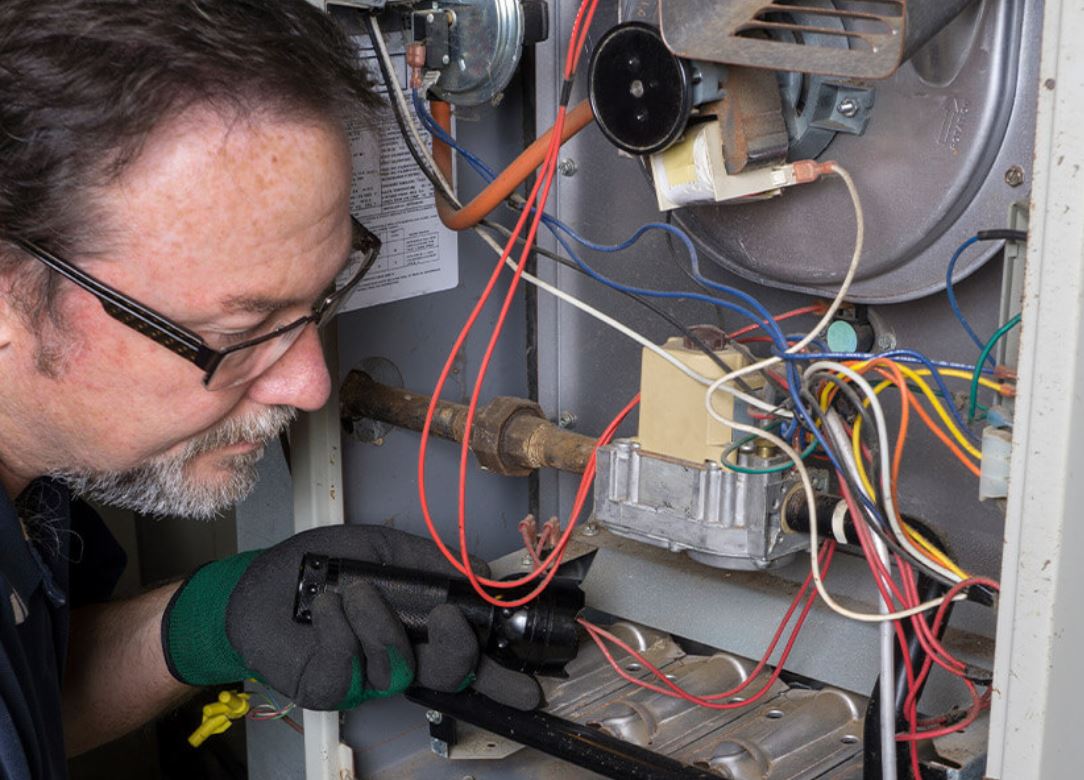The ubiquitous nature of central air conditioning systems necessitates a comprehensive understanding of their key components, such as the thermostat. This article explores the identification of malfunctioning thermostats through an analysis of common symptoms, subsequently contributing to efficient and effective maintenance strategies. The objective is to augment practical knowledge for those invested in ensuring optimal functionality within these essential home or office systems.
Key Takeaways
- Inconsistent room temperatures can indicate potential thermostat issues.
- Unresponsive controls may signify internal defects in the thermostat.
- Unexpected energy bills may be a result of inefficient operation of the thermostat.
- Frequent cycling of the air conditioning system can compromise comfort and increase wear-and-tear.
Understanding the Role of a Thermostat in a Central Air Conditioning System
The role of a thermostat in a central air conditioning system is pivotal as it regulates the temperature by commanding the system to either cool or heat the environment based on pre-set values. This crucial component, often overlooked, performs essential Thermostat Functions and plays an integral part in maintaining a comfortable indoor climate.
A thermostat operates using an internal mechanism that reacts to changes in ambient temperature. Once the sensor recognizes these fluctuations, electrical signals are sent to activate or deactivate the cooling or heating unit accordingly. This process is known as System Calibration. An accurate calibration ensures that the thermostat responds correctly to environmental conditions, promoting energy efficiency and optimal performance of HVAC systems.
In essence, thermostats serve as control centers for central air conditioning systems, making decisions based on user-defined temperature settings and existing environmental conditions. Inclusion into this knowledge domain provides a sense of belonging through understanding how such intricate yet seemingly invisible functionalities contribute significantly towards everyday comfort levels.
It is thus clear that understanding the role and function of thermostats can aid in identifying potential issues early on, enabling swift corrective actions for faulty units and thereby ensuring continuous comfort within living environments.
Identifying the Symptoms of a Malfunctioning Thermostat
Identifying the symptoms of a malfunctioning temperature regulator in a primary cooling apparatus involves observing inconsistencies in room temperatures, unresponsive controls, and frequent cycling. Noticing inconsistent temperatures within a controlled environment can provide an initial indication of potential thermostat issues. This inconsistency may manifest as significant fluctuations between hot and cold periods or as a general inability to maintain desired ambient conditions.
Concurrently, if the control interface fails to respond accurately to input commands, this could signify internal defects within the temperature regulation device itself. In some instances, this symptom may be accompanied by unexpected energy bills due to inefficient operation that consumes additional power.
Another telltale sign is frequent cycling; where the cooling system turns on and off more often than usual. This irregular operation not only compromises comfort but also escalates wear-and-tear on other components of the central air conditioning system.
Understanding these signs and acting promptly ensures longer lifespan for the air conditioning system as well as optimal energy usage thus minimizing unexpected energy bills. This knowledge significantly contributes to fostering an environment that values maintenance culture while promoting cost-effectiveness and sustainability.

